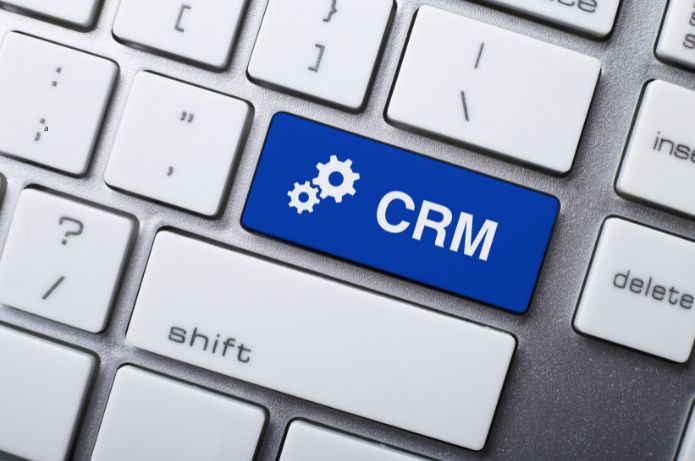In recent years, the way B2B startups grow have changed dramatically. The increase in the cost of customer acquisition (CAC), the saturation of paid channels and the growing distrust of the market made a problem evident: the traditional growth model is no longer sufficient. In this context, the concept of reputation-led growth (RLG) emerges, a strategy that places reputation as the main lever for growth and acceleration of revenue.
Reputation-LED Growth is a growth model in which credibility, authority and brand confidence drive acquisition, conversion and retention. Instead of just investing in marketing performance and aggressive SDRs, startups that apply RLG build an ecosystem where customers arrive because of the confidence generated in the market.
If in the Brand-led Growth (BLG) the focus is on building a strong and memorable brand identity, in RLG growth comes from strategic influence. Companies that master this model not only sell a product or service, but become references in their sector, reducing the perception of risk to the buyer and shortening sales cycles.
Startups that follow the model of reputation led growth do not rely heavily on paid ads or purchased traffic. Instead, they gain visibility through strategic PR, thought leadership, and social proof. In the traditional model, the sales funnel starts with paid traffic, lead generation and active approach. In the RLG, customers arrive with more maturity and less objections, as the company’s reputation has already been validated in the market, which reduces the closing time of contracts because they become the safe and obvious choice for their customers. In addition, the strong reputation positively impacts the retention.
How to speed up revenue with reputation-led growth?
B2B startup CMOS need to understand that reputation is not just an intangible asset – it is a revenue accelerator. The implementation of an RLG strategy in a practical way is based on the following pillars:
1. Turn your executives into strategic spokespersons
A startup’s reputation often starts with its leaders. CEOs and CMOS need to be active in the market, sharing knowledge and leading discussions. LinkedIn, industry events and specialized vehicles are essential channels for this.
2. Leverage PR and spontaneous media to generate social evidence
Consistent presence in strategic vehicles builds confidence. The B2B client needs external validation to reduce risks.
3. Generate credibility through strategic partnerships
Startups that associate with solid players instantly gain more confidence in the market.
4. Build an ecosystem of brand advocates
Satisfied customers are the best acquisition channel. In RLG, reputation spreads through digital word-of-mouth and strategic recommendations. Customer testimonials and published impact cases are more powerful than any performance campaign.
Reputation-led growth is not a passing trend. In the financial market, for example, where trust is everything, startups that dominate this game conquer customers faster, sell with less friction and build barriers against competition. CMOs that understand this are no longer just marketing managers and become growth strategists, using reputation as a real engine of scale.
The question now is no longer “how much are we investing in branding?” but rather “how are we ensuring that the market trusts our brand before even the first business contact?”







